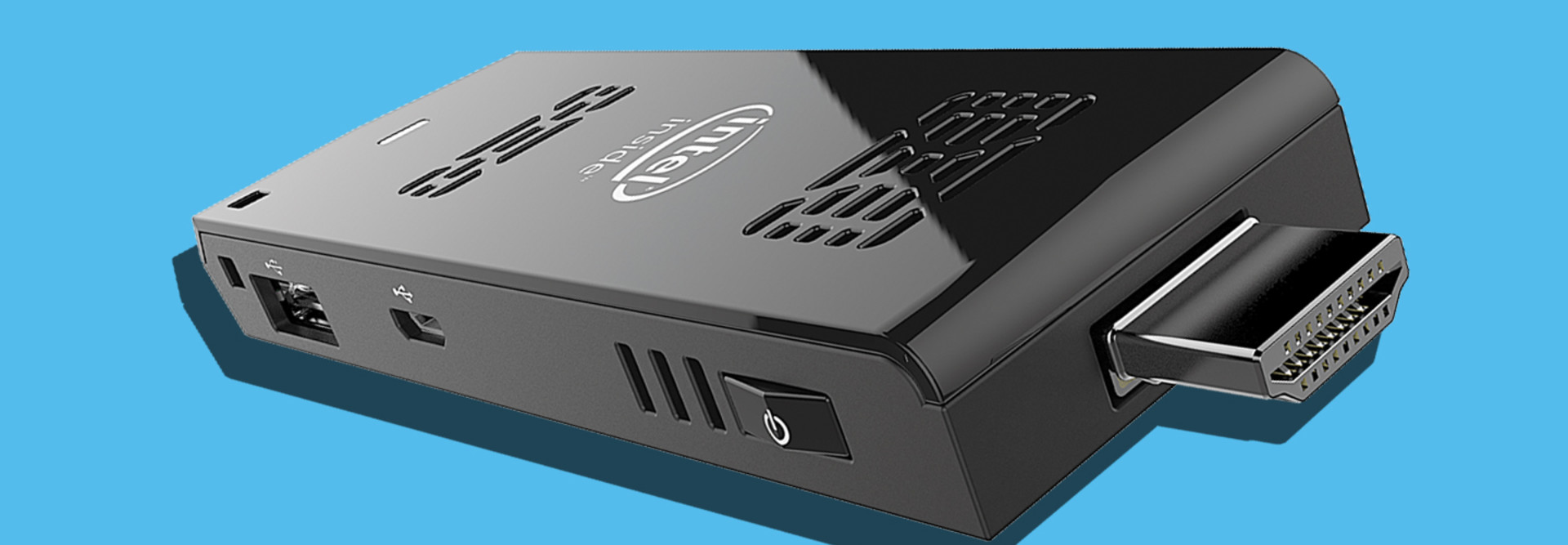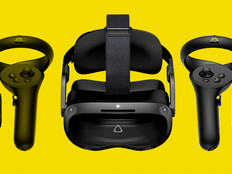Create a Computer Lab on the Cheap with New Intel Compute Sticks
Technology has a way of getting smaller as it gets better, and Intel has taken this idea to a new level with a device about the size of a thumb drive that can transform any high-definition monitor into a fully functioning computer.
The Compute Stick, which Intel unveiled early this year at the Computer Electronics Show and will make available this spring, is just 4 inches long and 1.5 inches wide. When you plug it into the HDMI port of any monitor, you get a computer powered by a quad-core Intel Atom Z3735F processor, which powers many Android tablets.
The storage capacity that the Computer Stick’s micro SD slot can support
SOURCE: Intel
Cost-Conscious Option
Intel believes this pocket-sized, plug-and-play device could be an attractive option for schools looking to add computing power on a budget.
Just plug the devices into a room of monitors and “you’ve got a lab full of PCs that are consuming a lot less power and are less noisy than traditional PCs,” says John Deatherage, Intel’s director of marketing for channel innovation and solutions.
Trevor Shaw, director of technology for the Dwight-Englewood School in New Jersey, says he’s intrigued by the concept, especially for creating a low-cost computer lab.
But he worries the Atom processor might limit the types of things that students can do with the Compute Stick. “If I had to supply every kid with a computing device on a shoestring budget, I might look at Chromebooks before I considered a device like this,” Shaw says.
A Little More, a Little Less
Intel has two versions of the device: The more robust stick runs Microsoft Windows 8.1; the less expensive one runs Linux Ubuntu. Both versions come with Wi-Fi and Bluetooth connectivity, along with a USB port for adding a mouse and keyboard.
The Compute Stick also can be used to power digital signage, Deatherage says, and its portability makes it a draw for the roving student, who could take the device home and plug it into an HDTV to continue working on their files.








